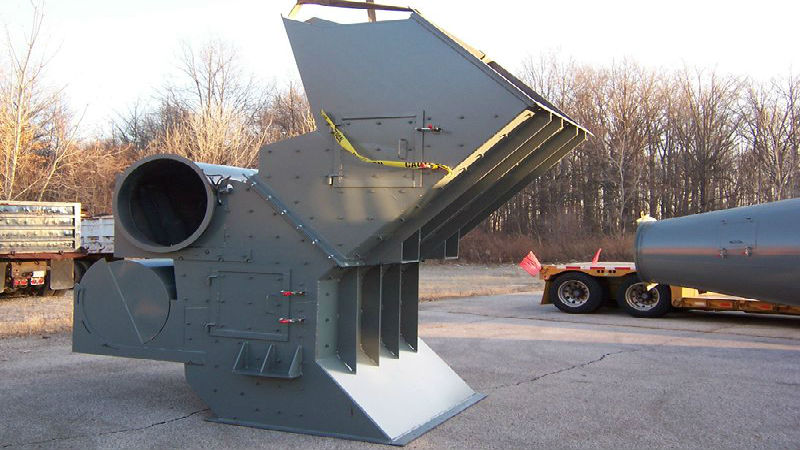Welding is a form of metal fabrication that joins one or two components together to create a unified whole. Using heat and pressure, it produces results that meet the specifications of various customers. Fabrication shops can use one of several methods to meet this goal including TIG welding, first used during the 1930s. In Cleveland, many shops have several reasons for opting to employ this method over other ones, including popular MIG welding. Below are six major reasons for using TIG.
Why Use TIG?
TIG is an acronym for Gas Tungsten Arc Welding (GTAW). The process utilizes a non-consumable tungsten electrode as well as a shielding gas. Filler metal may also be added. The rationale behind preferring TIG welding to other methods rests upon its ability to meet the specifications of the customer and match the demands of the job, including the material and the intended result. Cleveland shops will use TIG for any of the following six reasons:
1. Metals: It can join almost any type of metal – including nonferrous, without defects and resulting in a high-quality weld joint
2. Spatter: It does not have the splatter that affects other welding types\
3. Filler: Welders can use or not use filler metals. It will depend upon the specific application
4. Control: Provides separate control over both the heat input and any filler additions
5. Precision: Capable of handling even the most delicate welds
6. Clarity and Cleanness: The welds are clean and clear
In fact, TIG is in high demand by welders who want to meet the highest of standards in design, code and finished appearance.
Preferring TIG Welding
TIG welding remains in demand among certain industrial concerns. The rationale behind this is simple. Its capabilities combined with the skill of trained welders in shops in Cleveland and elsewhere across the United States, provide precise and clean workpieces.








